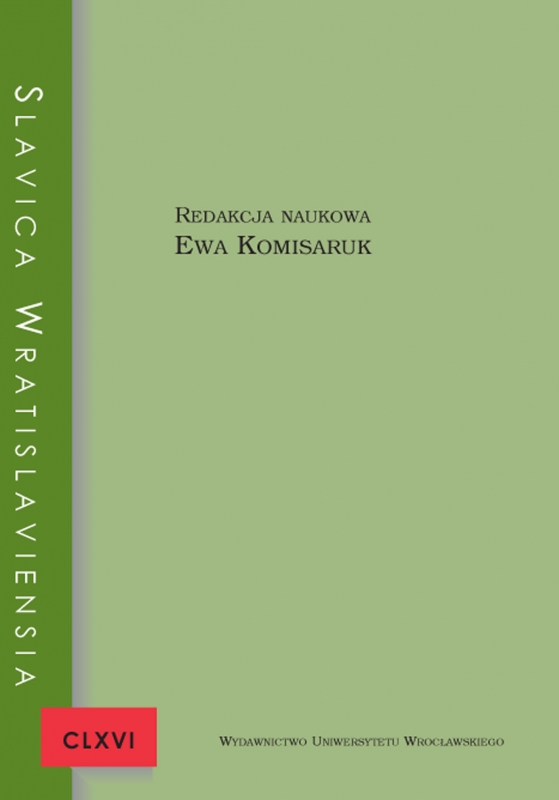

Artykuły

Image of maternal love in Grigory Chukhray’s The Quagmire
Memories of the Great Patriotic War contributed to the making of a national identity in Soviet Russia, and clear gender roles are evident in Soviet propaganda war art. The image of male soldiers demonstrates the obligation to defend the fatherland against the outside enemy. On the other hand, there are images of a mother cheering for her son or a mother lamenting over a fallen soldier. It is clear that the female image belongs to the reproductive function of motherhood. The establishment presents an ideal and urges the public to internalize it by themselves. Grigory Chukhray’s film The Quagmire’s 1977 mother, however, hides her young son, who was conscripted to the front. The film casts doubt on the Soviet war myth and asks “Why do mothers have to be reconciled to lose their sons in order to defend the fatherland?” That’s why the military purged the film from the screen.
Obraz miłości macierzyńskiej w filmie Grigorija Czuchraja Trzęsawisko
Wspomnienia i obrazy Wielkiej Wojny Ojczyźnianej odegrały ważną rolę w kształtowaniu tożsamości obywateli Rosji Radzieckiej. W sowieckiej propagandzie wojennej wyraźnie widać hierarchię genderową. Wizerunek żołnierza mężczyzny odnosi się do obowiązku obrony ojczyzny przed zewnętrznym wrogiem. Natomiast wizerunek matki wiwatującej na cześć zwycięstwa syna lub rodzicielki lamentującej nad poległym żołnierzem kojarzony jest z macierzyństwem. Film Grigorija Czuchraja Trzęsawisko Трясина opowiada historię matki ukrywającej powołanego do wojska i wezwanego na front syna. Film, który wkrótce po premierze wycofano z dystrybucji, stawia pytania dotyczące funkcjonowania radzieckich mitów wojennych oraz sytuacji kobiet, które nie chcą się pogodzić ze śmiercią swych synów broniących ojczyzny.